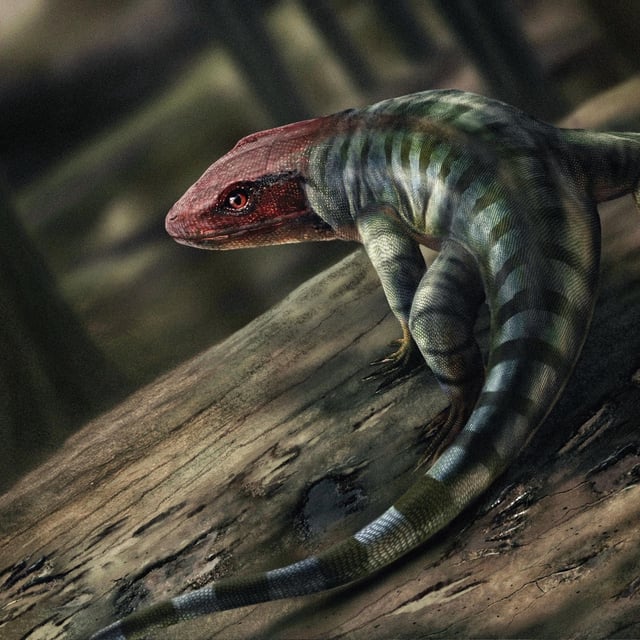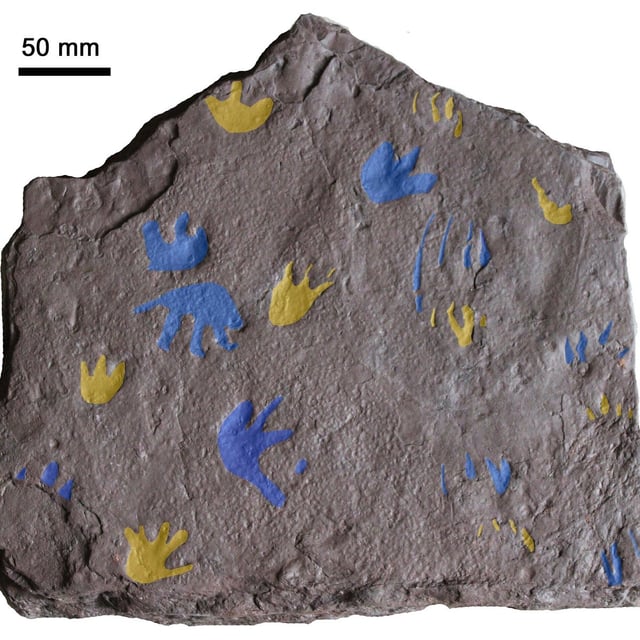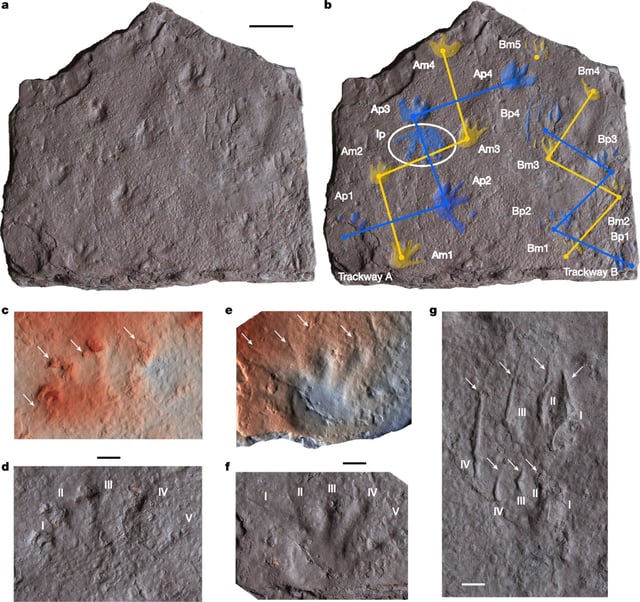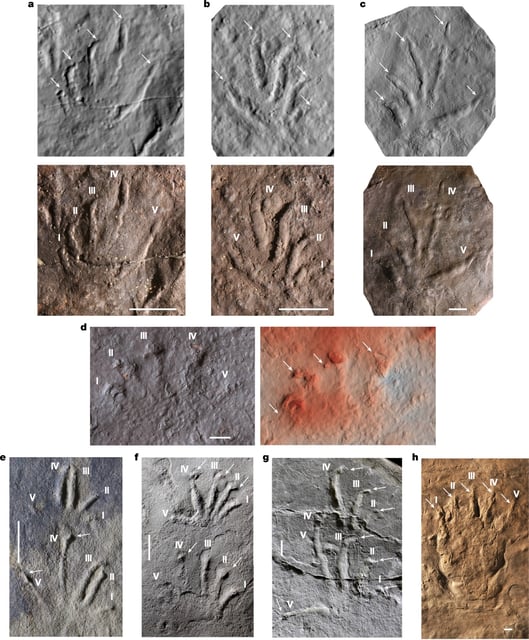Overview
- Fossilized clawed footprints discovered in Victoria, Australia, date to approximately 355 million years ago, making them the oldest known evidence of amniotes, the group that includes reptiles, birds, and mammals.
- The hooked claw impressions and foot morphology confirm that the trackmaker was a primitive reptile-like amniote, capable of living fully on land.
- This discovery recalibrates the timeline of tetrapod evolution, suggesting the amniote/amphibian divergence occurred in the Devonian period, around 380 million years ago.
- Additional reptile-like footprints from Poland, dated to about 327 million years ago, further support the earlier emergence of amniotes.
- The findings highlight the role of Gondwana, the ancient southern supercontinent, as a potential origin point for early terrestrial vertebrates, prompting new exploration in the region.



